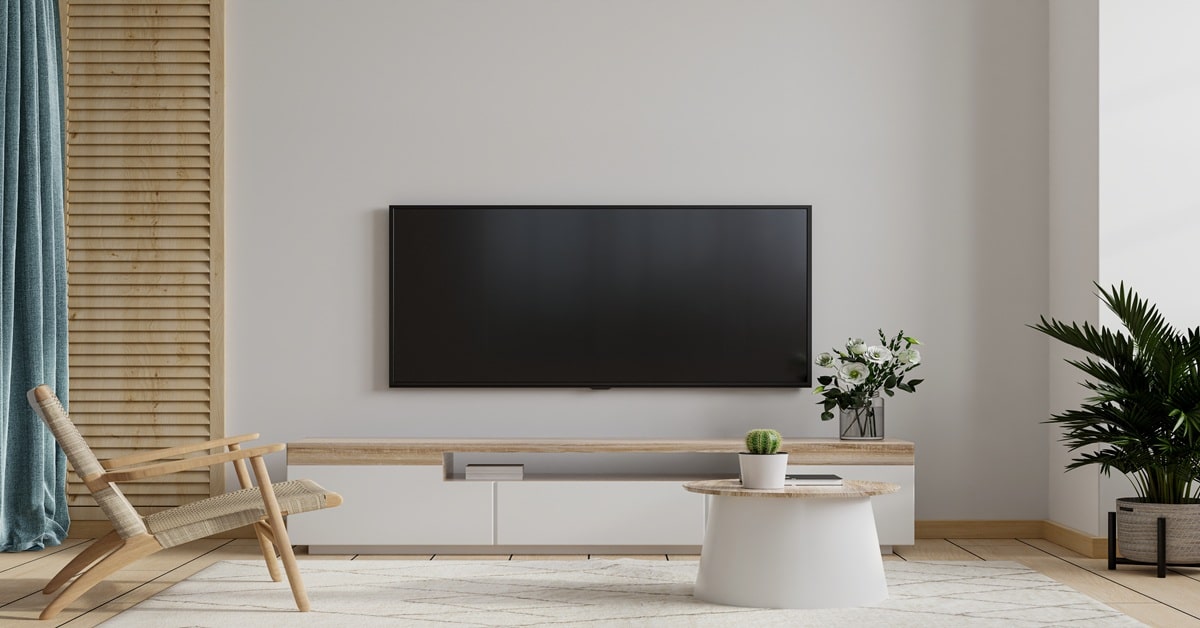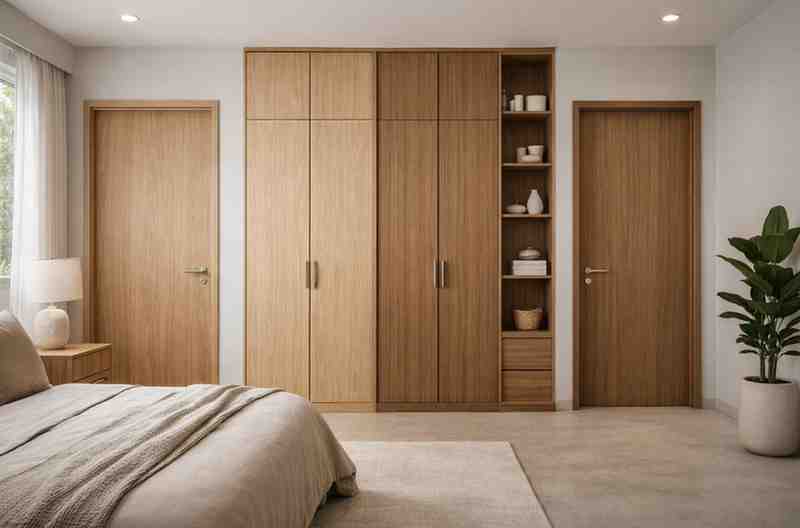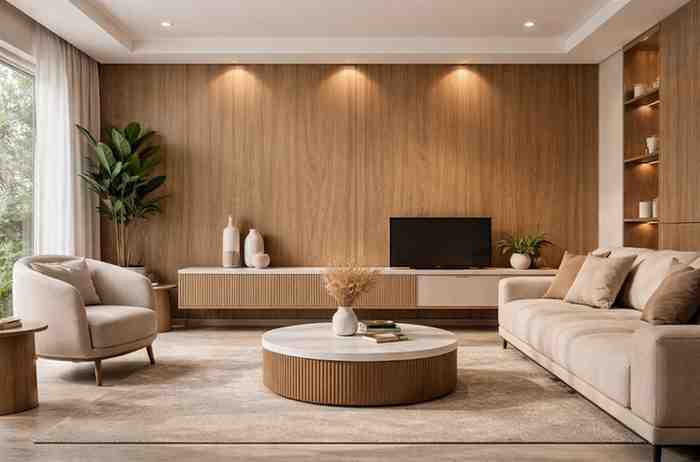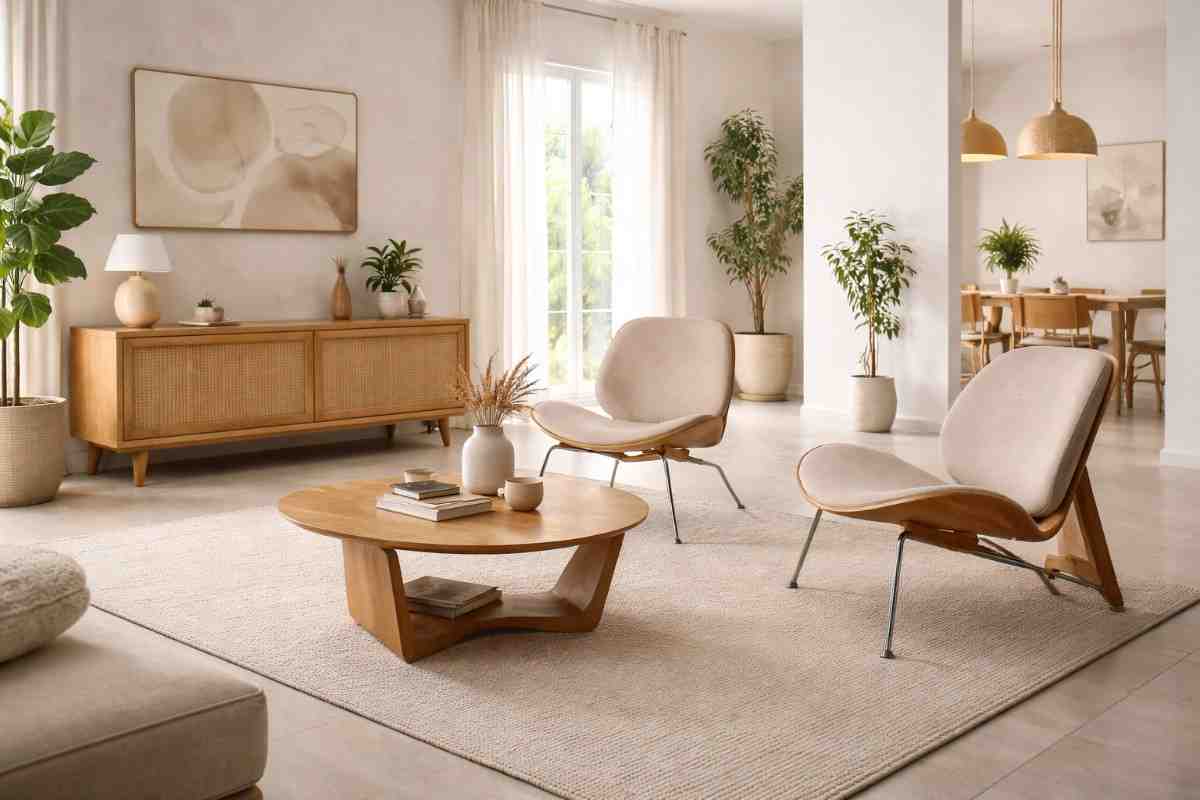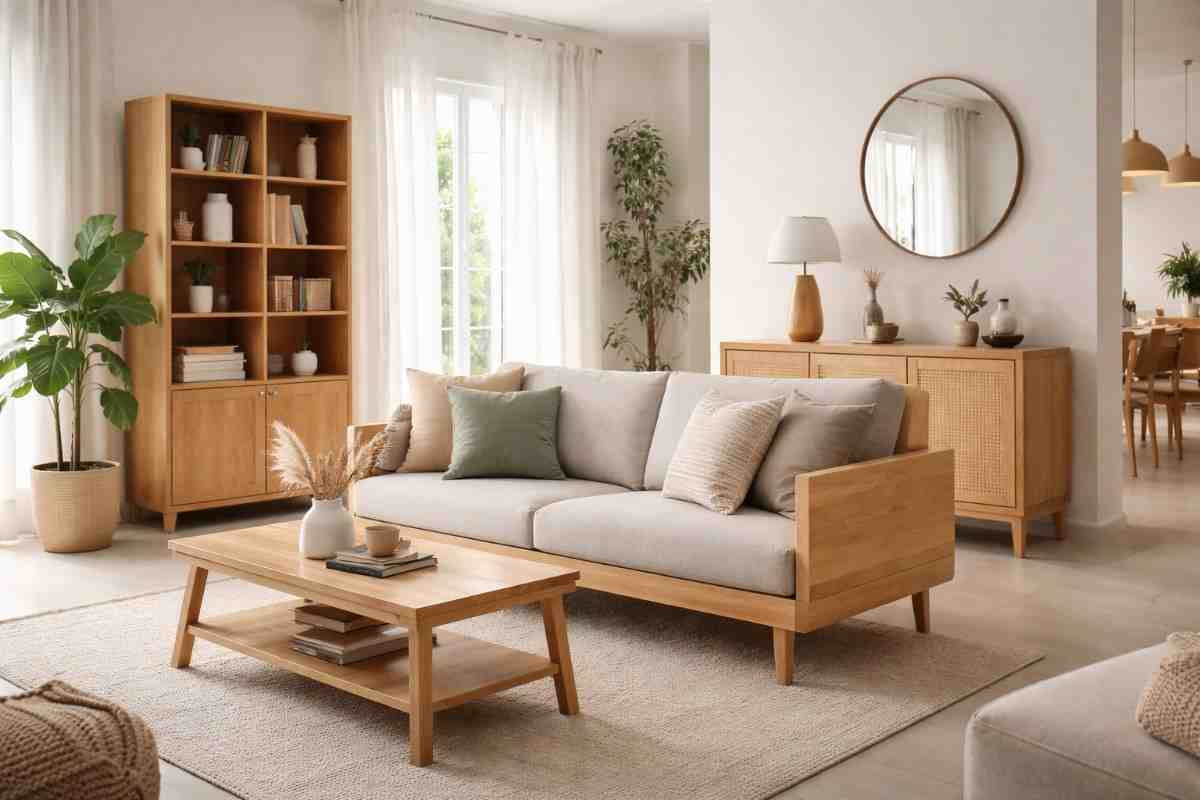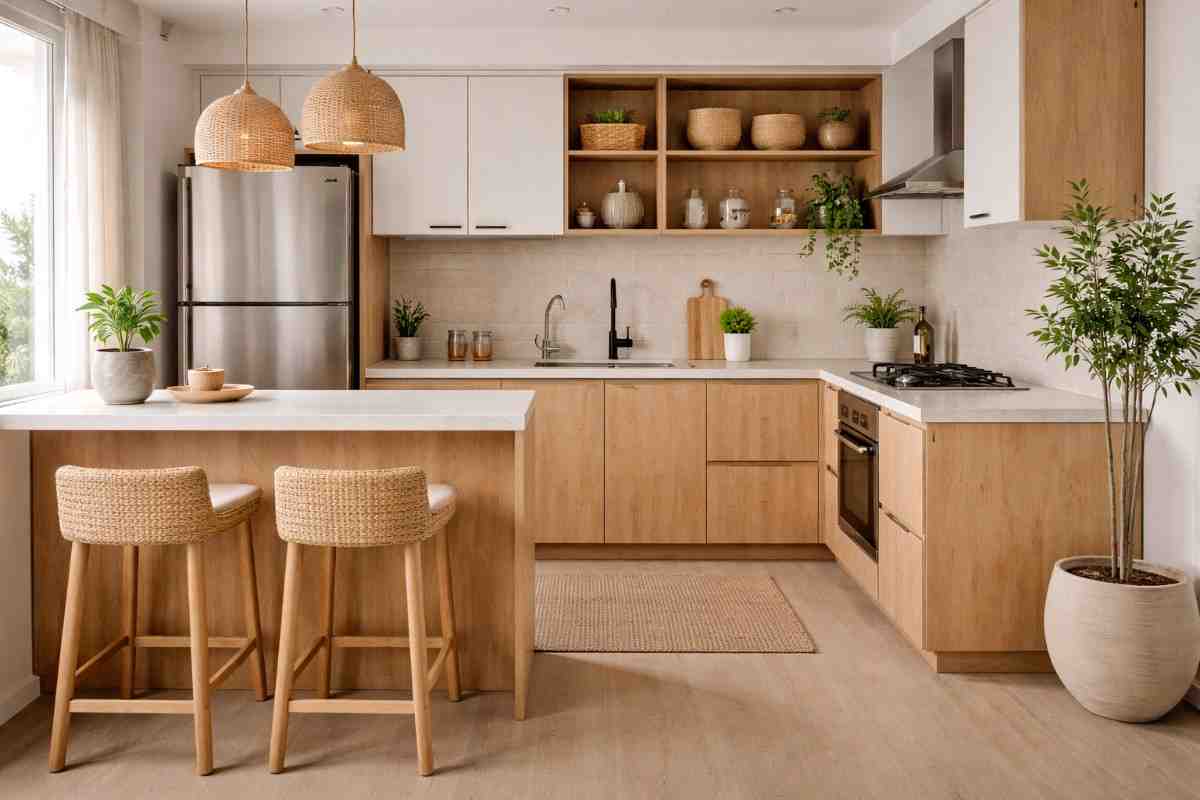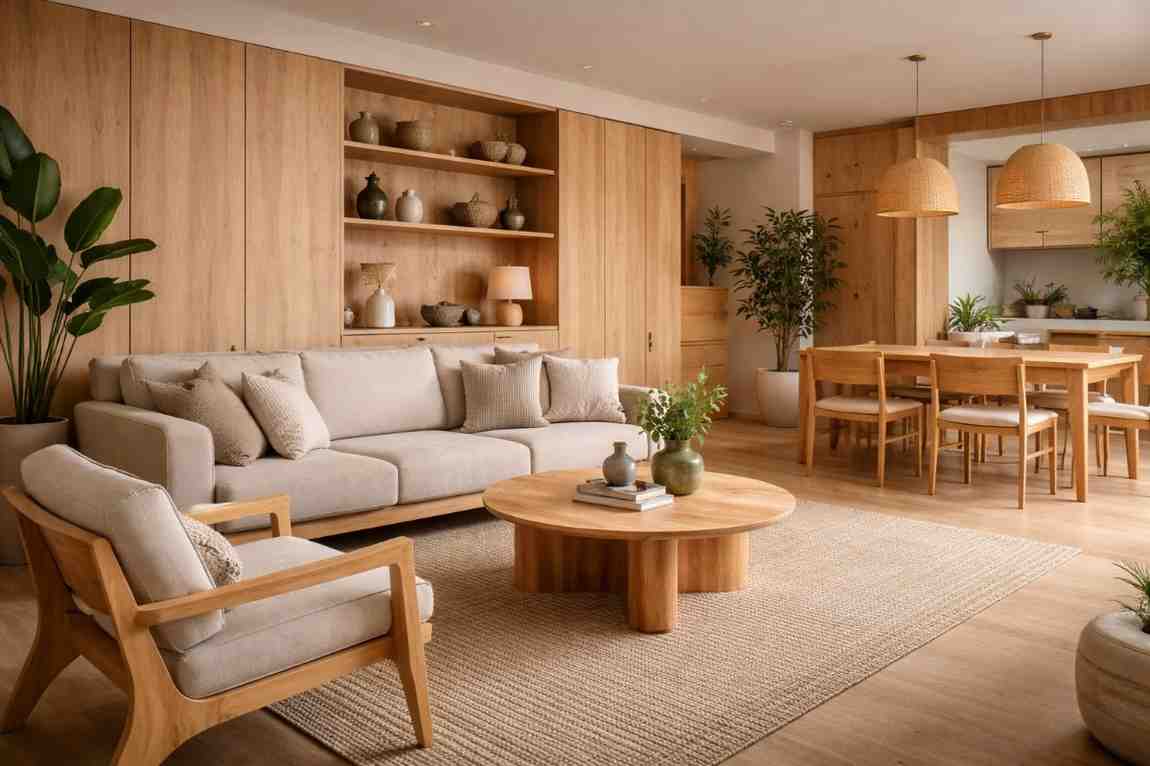When selecting plywood for a project, the price tag often influences the decision-making process. While premium-priced plywood is often associated with superior quality, it’s not always the best option for every application. Conversely, opting for cheaper alternatives may save money upfront but could compromise the project’s durability and aesthetics in the long run.
This blog explores the correlation between plywood prices and quality, helping you determine whether paying more is genuinely worth it or if budget-friendly options can meet your needs.
Understanding Plywood Pricing
Plywood prices vary due to several factors, including:
- Grade and Quality: Higher grades of plywood, with fewer imperfections and better finishes, cost more.
- Type: Specialty plywood such as marine-grade or fire-retardant varieties is priced higher than standard plywood.
- Core Material: The material and construction of the plywood core (softwood, hardwood, or composite) influence durability and cost.
- Thickness: Thicker plywood panels are sturdier and cost more.
- Certifications: Plywood certified for specific standards (e.g., ISI, FSC) often comes at a premium due to added assurance of quality and sustainability.
- Location and Brand: Local market demand and the reputation of a brand also impact pricing.
Does Higher Price Always Mean Better Quality?
While cost is a good indicator of quality, it’s not the sole determinant. Here’s a breakdown of how price and quality align:
1. High-Priced Plywood
Premium plywood often boasts superior features, such as:
- Better Durability: Resistant to warping, cracking, and delamination.
- Special Properties: Moisture, fire, or termite resistance for niche applications.
- Smooth Surface: Ideal for high-end finishes and laminates.
- Certifications: Assurance of meeting industry standards.
When It’s Worth It:
- Structural applications such as roofing, flooring, or walls.
- Furniture exposed to moisture, like kitchen cabinets or bathroom vanities.
- Projects requiring longevity and superior aesthetics.
2. Mid-Range Plywood
Mid-range options often strike a balance between price and quality. These are suitable for most interior furniture and moderate-use areas.
When It’s Worth It:
- Indoor furniture in dry spaces.
- Budget-conscious projects where functionality matters more than premium features.
3. Low-Cost Plywood
Cheaper plywood might save money upfront but can come with compromises:
- Lower Strength: Susceptible to damage under stress.
- Surface Imperfections: Requires additional finishing work.
- Shorter Lifespan: Likely to warp, chip, or delaminate over time.
When It’s Worth It:
- Temporary structures or DIY projects.
- Non-load-bearing applications like decorative panels.
Types of Plywood and Price-Quality Relationships
1. Commercial Plywood (MR Grade)
- Price: Affordable.
- Quality: Moisture-resistant but not waterproof; best for indoor furniture in low-humidity areas.
- Verdict: A budget-friendly option for general-purpose use.
2. Marine Plywood
- Price: High.
- Quality: Superior waterproofing and durability; ideal for wet environments or outdoor use.
- Verdict: Worth the investment for long-term projects exposed to water.
3. BWP/BWR Plywood
- Price: Moderate to High.
- Quality: Boiling water-proof or resistant; perfect for kitchens, bathrooms, and other damp areas.
- Verdict: A great mid-range choice balancing cost and resilience.
4. Fire-Retardant Plywood
- Price: High.
- Quality: Treated to resist fire; suitable for public buildings and high-risk zones.
- Verdict: Ideal for safety-critical applications.
5. Decorative Plywood (Veneer or Laminated)
- Price: Varies widely.
- Quality: Aesthetic appeal with a durable core; costs depend on veneer type and finish.
- Verdict: Best for high-end interiors requiring visual elegance.
Factors to Consider Beyond Price
When deciding if expensive plywood is worth it, assess the following:
1. Application
The intended use determines the required strength, moisture resistance, and finish quality. For instance:
- Use marine-grade plywood for wet areas.
- Opt for MR-grade plywood for indoor furniture in dry conditions.
2. Longevity
Higher-quality plywood may cost more upfront but saves money in the long run due to reduced maintenance and replacement costs.
3. Environmental Factors
Consider the environmental conditions, such as humidity or exposure to termites, which could impact the material’s performance.
4. Finish Requirements
If a polished finish is necessary, investing in higher-grade plywood with a smooth surface minimizes additional expenses on sanding or laminating.
Cost vs. Value: Real-Life Scenarios
Scenario 1: Budget-Friendly Office Furniture
For an office setup, mid-range MR-grade plywood suffices for desks and shelves in climate-controlled environments. Spending more on marine-grade or fire-retardant plywood may be unnecessary.
Scenario 2: Outdoor Garden Bench
Here, durability against the elements is crucial. Marine plywood is worth the higher cost due to its water resistance and longevity.
Scenario 3: Luxury Kitchen Cabinets
Kitchens require materials that can withstand heat and moisture. Investing in BWP plywood ensures long-term durability and aesthetic appeal.
Tips for Choosing Plywood by Quality
- Inspect the Core: High-quality plywood has uniform layers without gaps or overlaps.
- Check Certifications: Look for ISI, FSC, or other certifications indicating adherence to quality standards.
- Test for Warping: Place the plywood on a flat surface to ensure it’s not warped.
- Evaluate the Surface: Smooth, defect-free surfaces are better for finishing.
- Buy from Trusted Brands: Established brands often offer consistent quality across price ranges.
Conclusion: Is Expensive Always Better?
Expensive plywood isn’t always the best choice; it depends on your project’s specific requirements. While premium options are necessary for heavy-duty, long-term, or specialized applications, mid-range or budget plywood can suffice for simpler, short-term uses.
If you’re looking for reliable, high-quality plywood tailored to diverse needs, explore Wigwam’s extensive range. From cost-effective options to premium-grade materials, Wigwam ensures durability, performance, and value for every budget.

